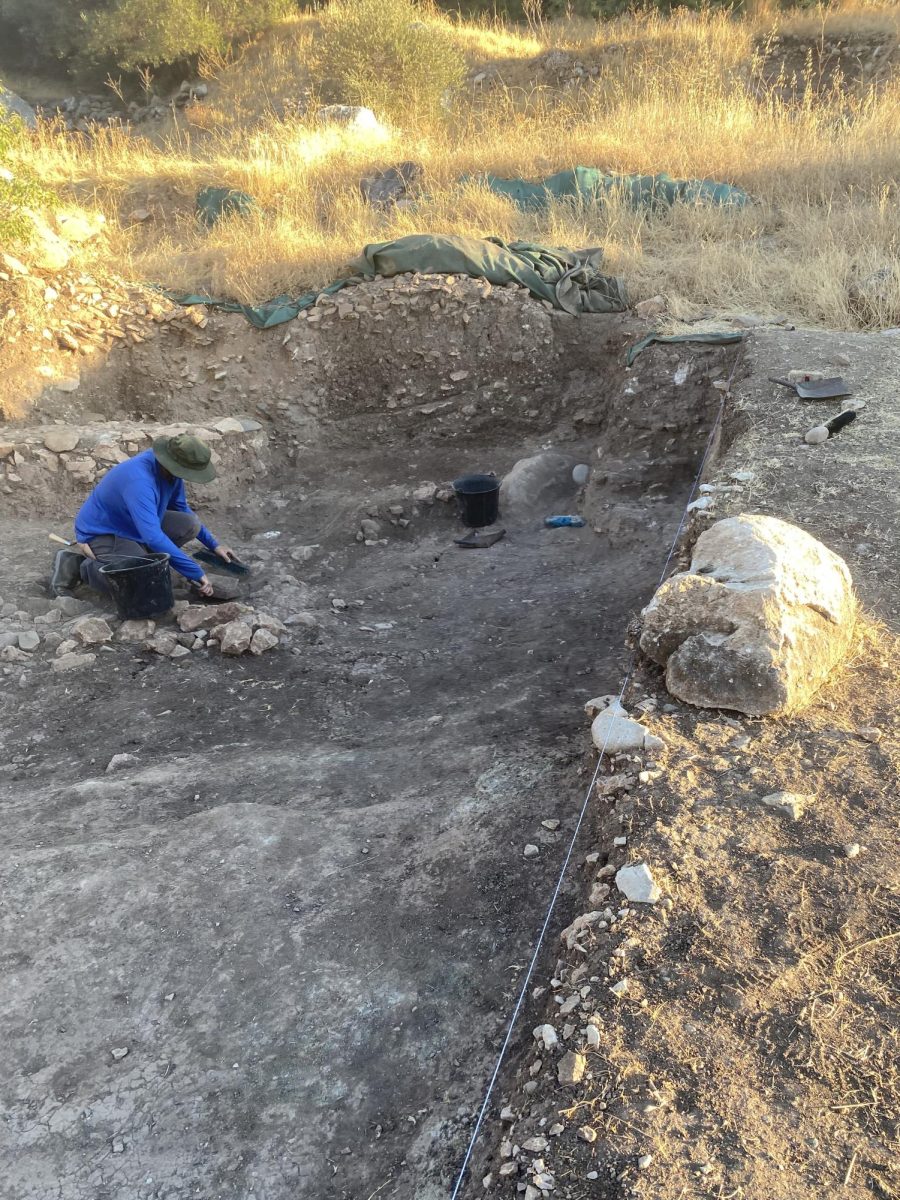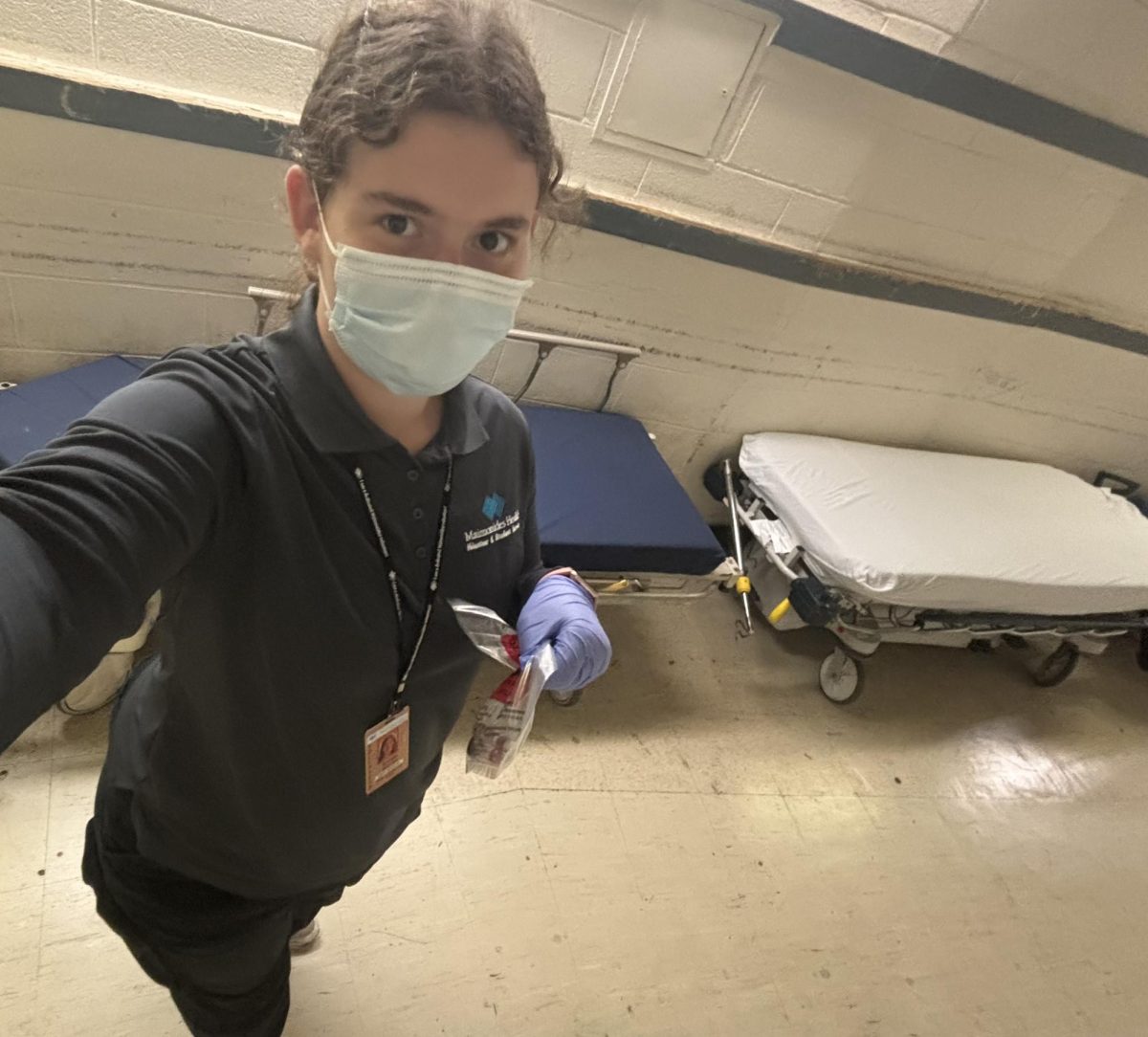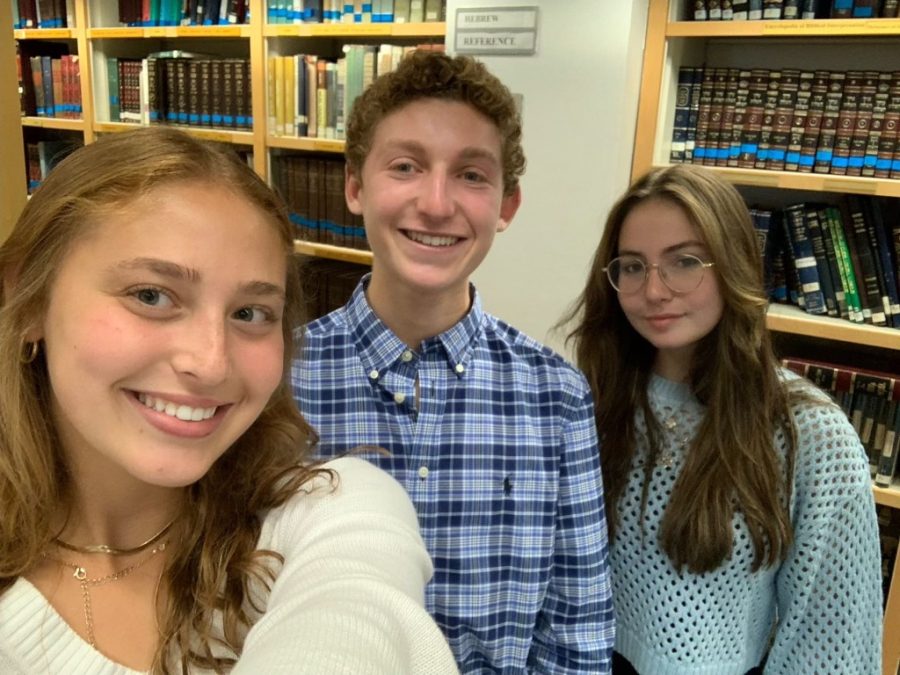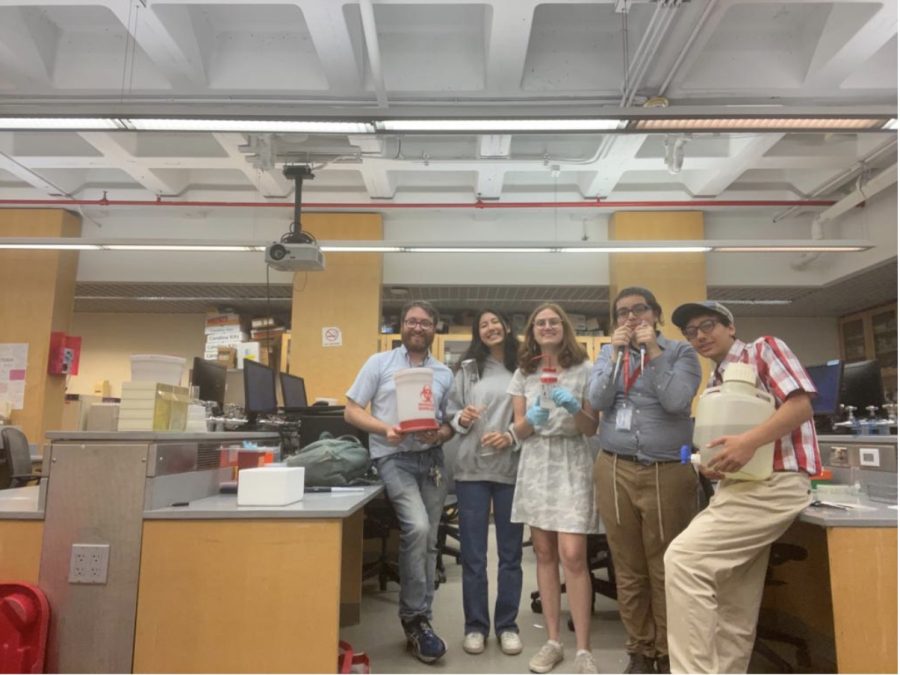If you are unfamiliar with the saying “You have to lick a lot of rocks before you lick a bone,” don’t worry: I made it up. Unfortunately, when it comes to archaeology, it’s sometimes true. Let me explain:
This summer, I spent a month in Cyprus participating in an archaeological field school called The Prastio-Mesorotsos Archaeological Expedition, affiliated with the University of Edinburgh and the College of Southern Nevada. Most participants attended one of these institutions, but our ages varied widely–from a high school student (just me) to a PHD candidate. We worked on Prastio-Mesorotsos, a multi-period site dating from the Neolithic to the Bronze Age, which offers one of the longest sequences of a single habitation anywhere in the archaeological world. During the field school, I received training in a range of fieldwork techniques relating to site and regional survey, excavation, and topographical and landscape analyses. Off the field, I was trained in advanced analytical methods for studying recovered artifacts and ecofacts, such as ceramics, chipped and ground stone tools, animal bones, archaeobotany, human osteology, and illustration.
The first two weeks were spent exclusively learning Cypriot prehistory, geology and ecology, archeological techniques off the field, and how to identify and interpret chipped stone, pottery, ground stone, bone, and other types of artifacts. It was really interesting. If you need to identify a Cypriot pot, call me up. These skills, as intended, proved invaluable when I was actually in the field.
My typical dig day looked a little something like this: I would wake up at 4:00-4:30, thank God that we got so fortunate with the accommodations (we were all supposed to sleep on a roof for a month, but thankfully, something went wrong, so we stayed at a hotel with AC and one roommate each), and get ready to leave for 5 AM sharp. So, at 5:00, Sunday to Friday, I was downstairs and ready for the hour-long drive to site, trowel in hand. We got to site at 6:00, separated into our groups, and headed to our trenches to excavate for three and a half hours until breakfast on site. It was disgustingly humid every single day. I needed to keep my water bottles in the freezer for two days before I could bring one to site so it would last me a whole day. It was hot and tiring. The days we had to do field illustrations were the worst. Imagine sitting in the scorching sun trying to measure and draw a clump of rocks and dirt to render it precisely. It drove everyone insane.
Most of the days were spent troweling a little bit, then sweeping the dirt off of dirt, sieving through the dirt for bones or chipped stone tools (no pottery though because my trench was at the pre-pottery Neolithic stratigraphical level), and then repeat. I got so much dirt in my lungs. Dirt gets everywhere and it makes it hard to tell if certain things you find are actually archaeologically significant, or if they are just random dumb rocks. That’s where the saying I made up comes in. When I first started and was not quite sure yet how to identify bone in the field (having only ever seen it after the dirt was removed), I was advised to lick it, because bone is porous and animal bone will feel sticky on your tongue. Thankfully I learned how to identify bone in the field without licking within a few days, but I licked a lot of rocks. A lot.
After breakfast, we continued our work until 12:15, when we stopped for lunch, and then drove back to the hotel. When we got back to the hotel we had two hours of post-excavation to do, which involved cleaning the pottery, bone, chipped stone, and ground stone tools we unearthed earlier and cataloging them.
Overall, I thoroughly enjoyed my archaeology experience and living independently abroad for a month. I learned a lot, experienced a different side of Classics, and lived out my childhood dream of being a treasure digger. I found a bunch of cool tools and bones, but the coolest thing I found was part of a cruciform figurine (a little dude carved out of polished bone in the shape of a cross, but made thousands of years before Jesus). It was the first one on the site and they think it is from the Chalcolithic era. It was an incredible program and I am so glad I participated.





